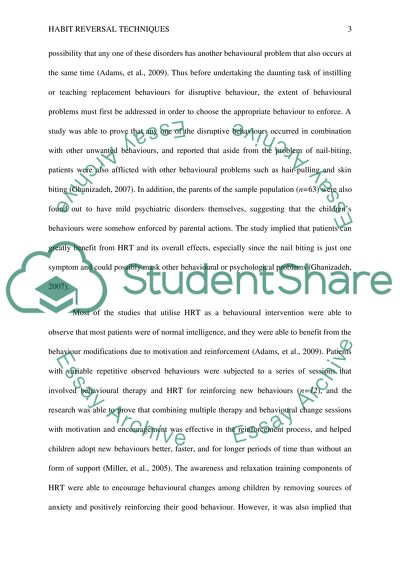Cite this document
(“Intervention Essay Example | Topics and Well Written Essays - 1000 words”, n.d.)
Intervention Essay Example | Topics and Well Written Essays - 1000 words. Retrieved from https://studentshare.org/psychology/1474094-intervention
Intervention Essay Example | Topics and Well Written Essays - 1000 words. Retrieved from https://studentshare.org/psychology/1474094-intervention
(Intervention Essay Example | Topics and Well Written Essays - 1000 Words)
Intervention Essay Example | Topics and Well Written Essays - 1000 Words. https://studentshare.org/psychology/1474094-intervention.
Intervention Essay Example | Topics and Well Written Essays - 1000 Words. https://studentshare.org/psychology/1474094-intervention.
“Intervention Essay Example | Topics and Well Written Essays - 1000 Words”, n.d. https://studentshare.org/psychology/1474094-intervention.


